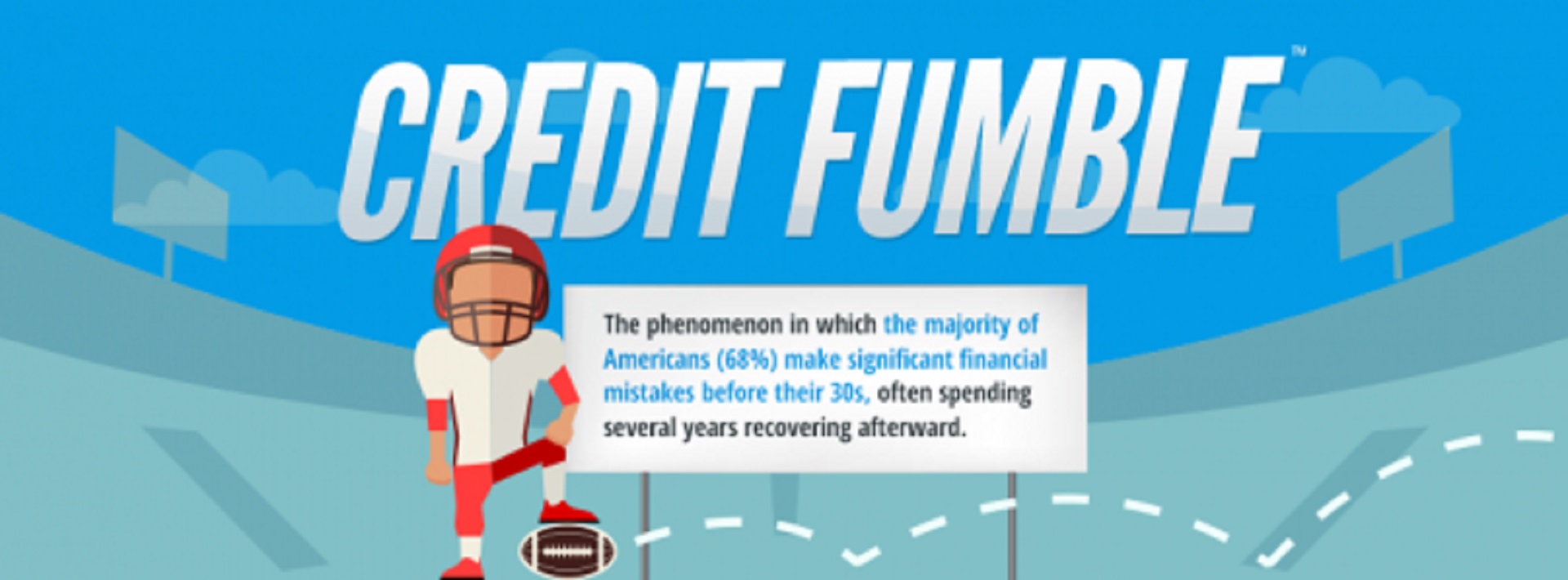Before the Credit Card Accountability, Responsibility, and Disclosure or CARD Act went into effect in 2009, it was a much more common sight to see credit card companies setting up kiosks welcoming students to campus, offering swag in exchange for filling out an application for a college-affinity card.
Credit cards branded with the logo and name of a college, alumni association, or other affiliated group were a common sight in college towns across the country.
Congress passed the CARD act, partly in response to critics of these offers, who argued that students could get better deals by shopping for credit card offers elsewhere.
Others, such as the American Bankers Association, claimed that it’s important for college students to have a strong credit score.
In addition to eliminating freebies like Frisbees and T-shirts in exchange for completed applications, the CARD act also required that students under age 21 have a parent co-sign (or have a job) in order to get a credit card, and urged colleges to put restrictions on the way the card companies marketed to students.
The Effects Of The CARD Act Have Been Dramatic
In 2009, colleges inked more than 1,000 agreements with credit card issuers.
Under these agreements, credit card companies pay affiliated institutions for the use of their logo or campus image, as well as access to contact information of students or alumni for marketing purposes.
In 2014, there were just 272 such agreements, according to a report on the impact of the CARD Act by the Consumer Financial Protection Bureau. Colleges are also making far less money off of these deals, with royalty and bonus payments from issuers dropping from $84 million in 2009 to $34 million five years later, according to the CFPB report.
Shifting regulations may be the primary reason that card issuers have cut back on marketing to current students, but the trend also reflects public sentiment against such practices.
Even before the passage of the card act, colleges like the University of Maryland and Rochester Institute of Technology were implementing laws limiting the ability of issuers to market to students.
Are College Students Steering Clear Of Credit Card Debt?
Another reason for the decline in new student accounts may be a growing wariness about debt.
According to a survey of millennials by Credit Karma, 48% of those who do not have credit cards said that the reason was they didn’t want to accumulate debt.
While the majority (61%) of millennials in that study had already opened at least one credit card, they now have access to a lot more resources about smart ways to build a healthy credit history than previous generations. According to another Credit Karma study, two thirds of those between the ages of 31 and 44 made a “credit fumble” and had to take steps to recover later in life.
All of those factors have issuers of affinity cards focusing their efforts on targeting students post-graduation, rather than while they’re still on campus.
While the CARD Act also covers alumni associations, graduates tend to be over age 21, eliminating the need for a cosigner and making it easier for issuers to send prescreened offers.
While the total number of all new affinity card agreements has gone down since the regulations changed in 2009, the portion of agreements that target alumni has increased, to make up more than half the market, according to the CFPB report.
In 2014, alumni agreements accounted for 66 percent of all affinity card payments by card issuers, 65 percent of new accounts, and 72 percent of open accounts.
The Alumni Association of the University of Michigan netted the highest issuer payment in 2014, raking in more than $2.2 million from FIA Card Services, a subsidiary of Bank of America.
The Penn State Alumni Association ranked second with $1.8 million in payments.
The University of Southern California took in $1.5 million in 2014, making it the third highest institution on the list, but the top-ranking school, after the alumni associations.
How Credit9 Can Help You
At Credit9, we offer loan options that could provide you with the financial solution that works best for you.
Since 2018, Credit9 has provided over $460 Million in loans to over 36,000 of our customers, and we’re confident we can help you too.
For more information about Credit9’s unique debt consolidation services, contact us today to see how we can help you consolidate your debts and receive a free, no-obligation, and fully-customized Credit9 loan solution!



